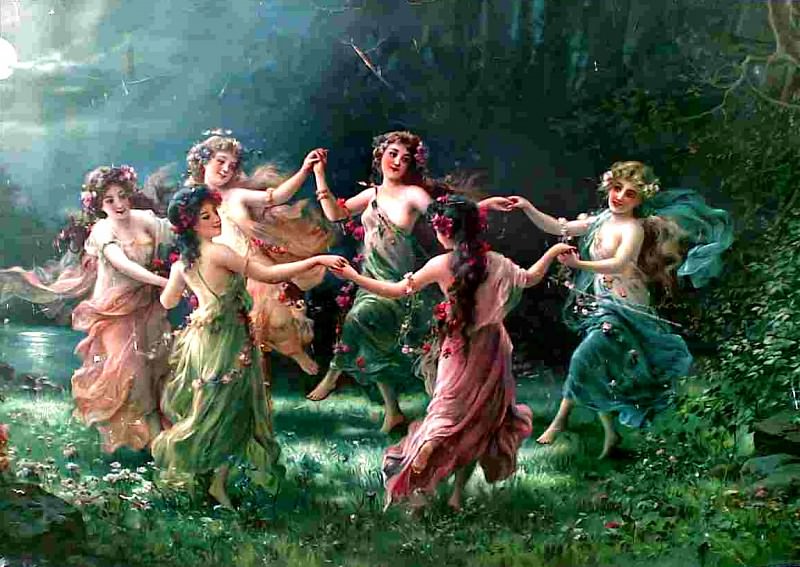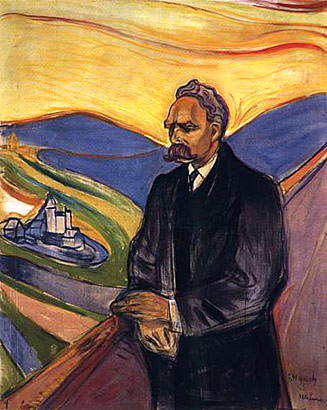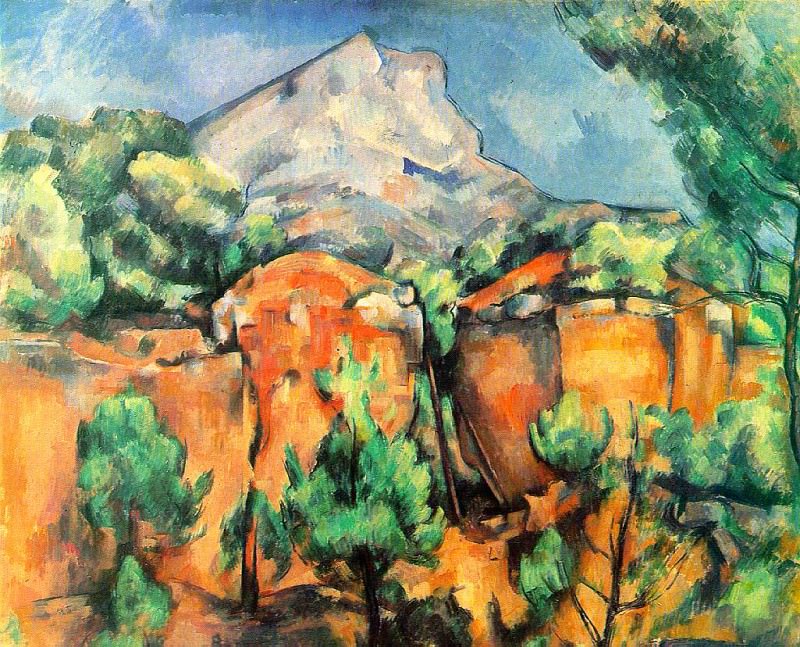The Master of Japanese Woodblock Prints: Hokusai Art
Introduction to Hokusai
Katsushika Hokusai, often simply known as Hokusai, is one of the most renowned Japanese artists, celebrated for his contributions to the world of ukiyo-e, a genre of woodblock prints and paintings. Born in 1760 in Edo (now Tokyo), Hokusai's works have left an indelible mark on both Japanese culture and Western art. His innovative techniques, dynamic compositions, and prolific output have made him a timeless figure in the art world.
Early Life and Training
Hokusai's journey as an artist began at a young age. At 14, he became an apprentice to a wood-carver, and by 18, he had joined the studio of Katsukawa Shunsho, one of the leading ukiyo-e artists of the time. Under Shunsho's guidance, Hokusai honed his skills in woodblock printing and painting, developing a keen eye for detail and a profound understanding of composition.
The Great Wave off Kanagawa
One of Hokusai's most iconic works is "The Great Wave off Kanagawa," part of his series "Thirty-Six Views of Mount Fuji." This print, created in the early 1830s, captures a dramatic moment as a towering wave threatens boats off the coast of Kanagawa. The image is both powerful and serene, with Mount Fuji calmly standing in the background. "The Great Wave" has become a symbol of Japanese art, admired worldwide for its energy, composition, and use of color.
Thirty-Six Views of Mount Fuji
The series "Thirty-Six Views of Mount Fuji," which includes "The Great Wave off Kanagawa," was created during a period when Hokusai was particularly focused on landscape art. Each piece in the series presents Mount Fuji from different perspectives and seasons, showcasing the artist's versatility and his ability to capture the beauty of the natural world. These prints not only highlight Hokusai's technical prowess but also his deep reverence for Mount Fuji, a symbol of national identity and spiritual significance in Japan.
Influence on Western Art
Hokusai's work had a profound impact on Western artists in the 19th century, particularly during the Japonisme movement when Japanese art became highly fashionable in Europe. Artists such as Claude Monet, Vincent van Gogh, and Edgar Degas were influenced by Hokusai's compositions, use of color, and unique perspectives. Van Gogh, for instance, admired Hokusai's ability to depict the vastness of nature, often incorporating similar elements into his own works.
Beyond Mount Fuji: Diverse Themes and Styles
While Hokusai is best known for his landscapes, his oeuvre is incredibly diverse, covering a wide range of themes including flora and fauna, mythology, and everyday life. His series "Hokusai Manga," a collection of sketches, showcases his observational skills and his ability to depict human figures, animals, and scenes from daily life with remarkable detail and humor. These works served as a visual encyclopedia of Edo-period Japan and influenced many artists and craftsmen of the time.
The Late Years and Legacy
In his later years, Hokusai continued to produce a significant body of work, despite facing personal challenges such as the loss of his wife and the destruction of his home in a fire. He remained dedicated to his craft, constantly seeking to refine his technique. It is said that even at the age of 90, Hokusai was striving to improve, famously declaring, "If heaven had granted me five more years, I could have become a real painter."
Hokusai's influence extended beyond his lifetime, leaving a lasting legacy that continues to inspire artists and art lovers around the world. His innovative approach to composition and his ability to capture the essence of his subjects have cemented his place as one of the great masters of Japanese art.
Hokusai's Techniques and Innovations
Hokusai was a master of the ukiyo-e technique, which involved woodblock printing and painting. He utilized a variety of tools and methods to achieve his distinctive style. One of his key innovations was the use of Western perspective, which he skillfully combined with traditional Japanese techniques. This blend allowed him to create depth and realism in his prints, setting his work apart from that of his contemporaries.
Another hallmark of Hokusai's technique was his use of color. He often employed vibrant blues and greens, achieved through the use of imported Prussian blue pigment, which added a dynamic and lifelike quality to his prints. His attention to detail and the meticulous carving of woodblocks enabled him to produce intricate and captivating images that continue to captivate audiences.
Hokusai and Japanese Culture
Hokusai's art is deeply rooted in Japanese culture and history. His depictions of landscapes, particularly Mount Fuji, reflect the Japanese appreciation for nature and the spiritual significance of natural landmarks. Mount Fuji, in particular, has long been considered a sacred symbol in Japan, representing both beauty and endurance. Hokusai's reverence for this iconic mountain is evident in his detailed and evocative prints.
In addition to landscapes, Hokusai's work also provides valuable insights into the daily lives and customs of Edo-period Japan. His scenes of bustling markets, serene temples, and vibrant festivals offer a window into a bygone era, capturing the essence of Japanese society at the time. These depictions serve as both artistic masterpieces and historical documents, preserving the cultural heritage of Japan for future generations.
The Enduring Appeal of Hokusai's Art
Hokusai's art has endured the test of time, continuing to captivate audiences centuries after its creation. His ability to blend traditional Japanese techniques with innovative approaches has resulted in a body of work that is both timeless and contemporary. The universal themes of nature, human experience, and the passage of time resonate with viewers from diverse backgrounds, making Hokusai's prints as relevant today as they were in his own time.
The widespread recognition and admiration of Hokusai's art are evident in the numerous exhibitions, publications, and scholarly studies dedicated to his work. Museums around the world, including the British Museum, the Metropolitan Museum of Art, and the Tokyo National Museum, house extensive collections of Hokusai's prints, ensuring that his legacy continues to inspire and educate future generations.
Hokusai's Influence on Modern Art and Design
Hokusai's influence extends beyond the realm of traditional art, permeating modern design and popular culture. His bold compositions, dynamic lines, and innovative use of color have inspired contemporary artists, graphic designers, and illustrators. Elements of Hokusai's style can be seen in everything from fashion and advertising to animation and digital art.
In recent years, Hokusai's work has also gained renewed interest through various multimedia projects and collaborations. His iconic prints have been reimagined in new and creative ways, further cementing his status as a timeless and influential artist. This ongoing reinterpretation and celebration of Hokusai's art demonstrate its enduring appeal and relevance in today's fast-paced and ever-changing world.
Conclusion: The Timeless Legacy of Hokusai
Katsushika Hokusai's contributions to the world of art are immeasurable. His innovative techniques, diverse themes, and profound understanding of both traditional and modern elements have left an indelible mark on the art world. Hokusai's ability to capture the beauty and complexity of the natural world, as well as the intricacies of human experience, has made him a beloved and enduring figure in the history of art.
As we continue to explore and appreciate Hokusai's vast body of work, we are reminded of the timeless power of art to transcend cultural and temporal boundaries. Hokusai's prints not only provide a glimpse into the rich cultural heritage of Japan but also serve as a testament to the enduring human spirit and the limitless potential of artistic expression. Through his masterpieces, Hokusai invites us to see the world with fresh eyes, inspiring us to find beauty and meaning in the everyday moments of our lives.




